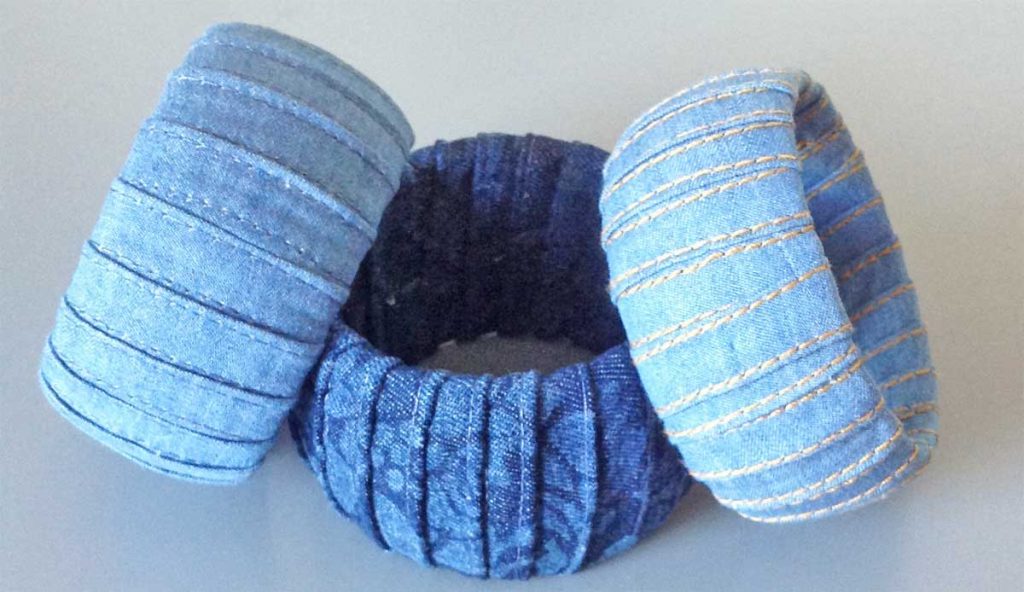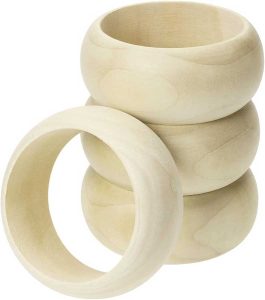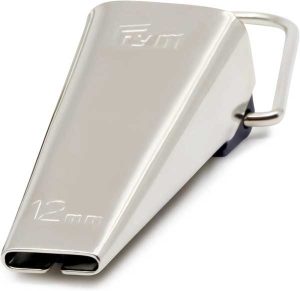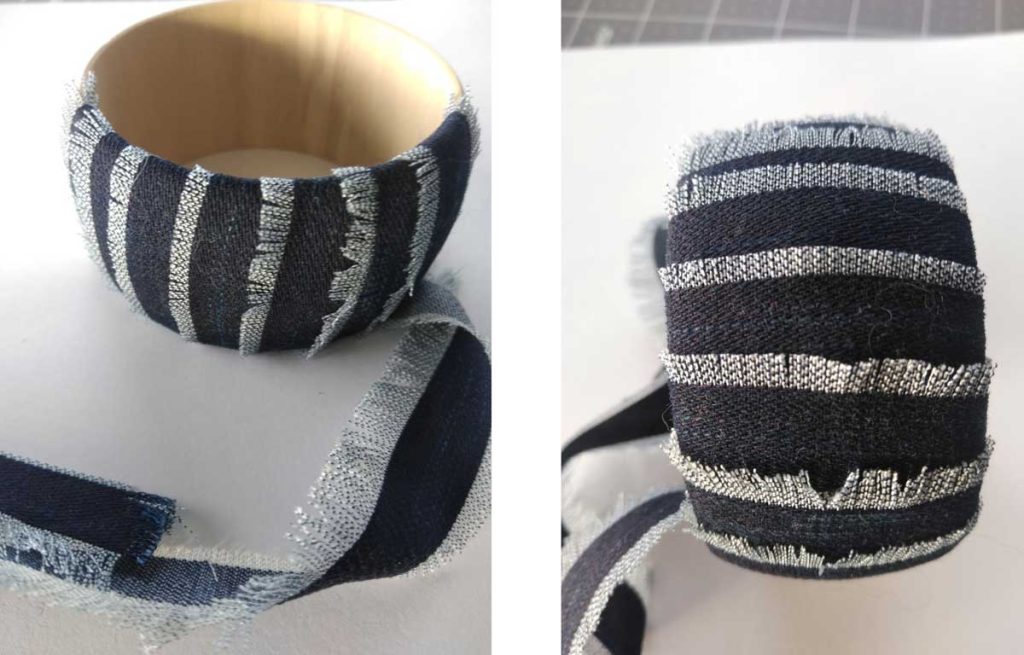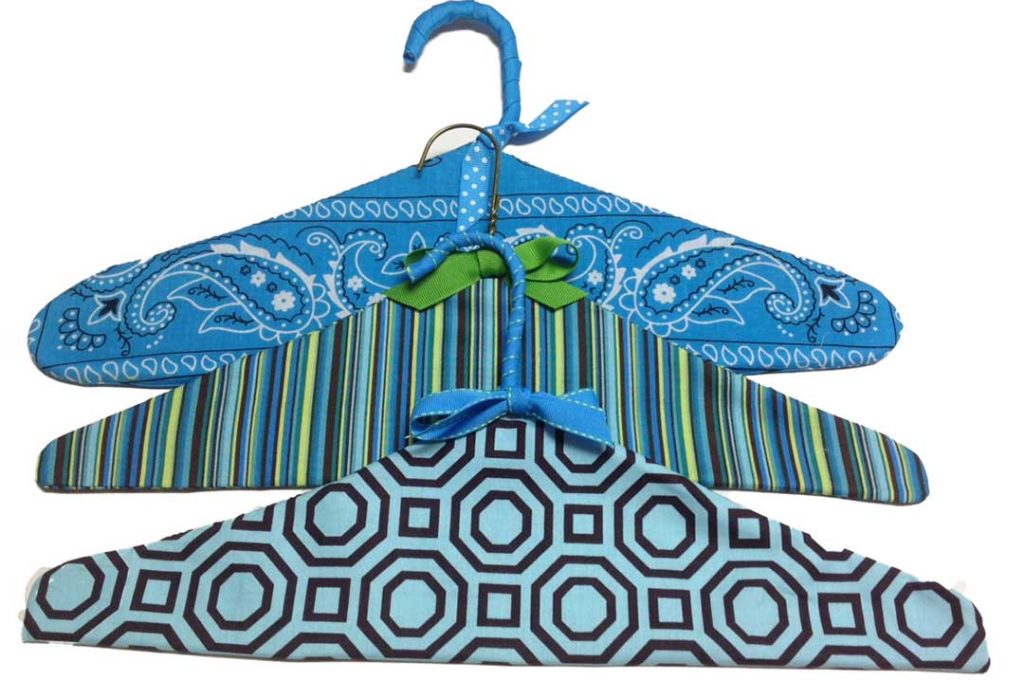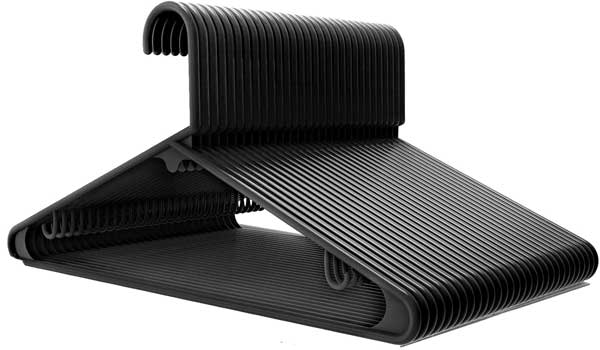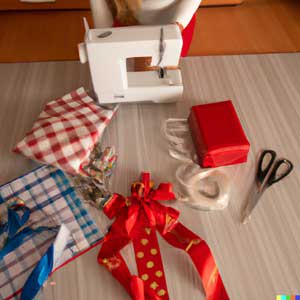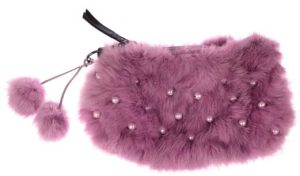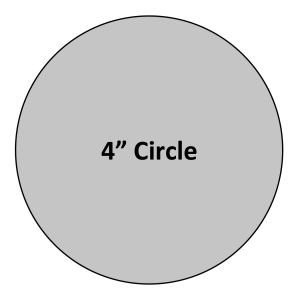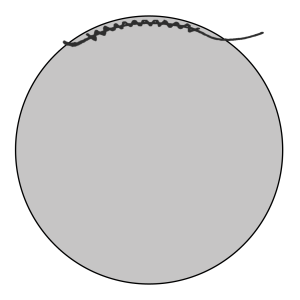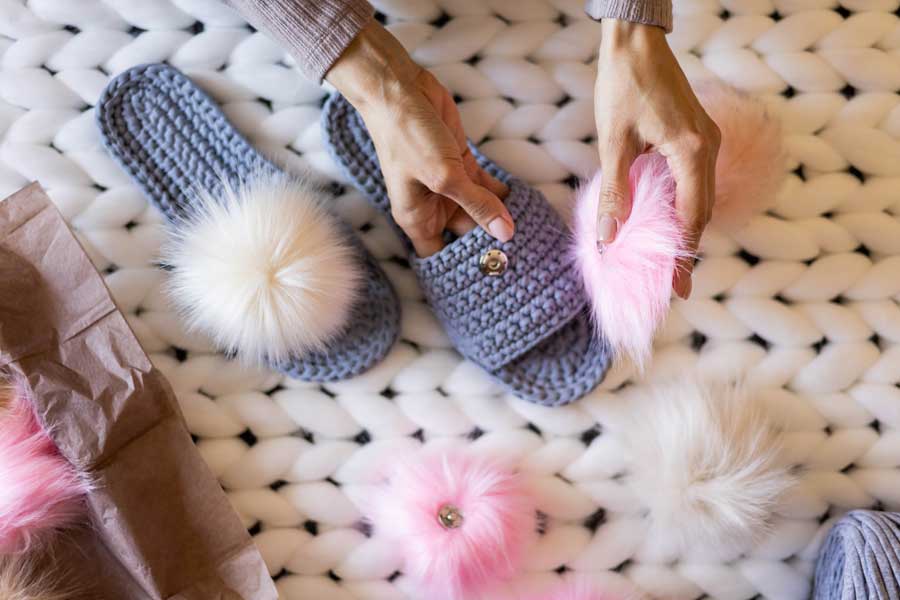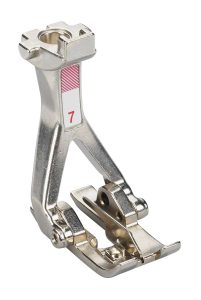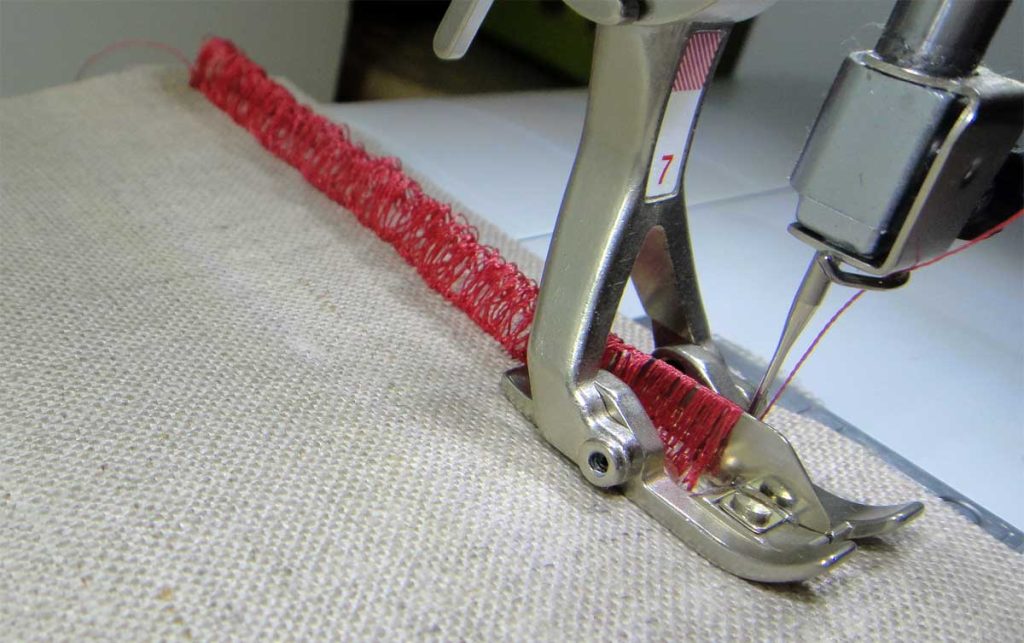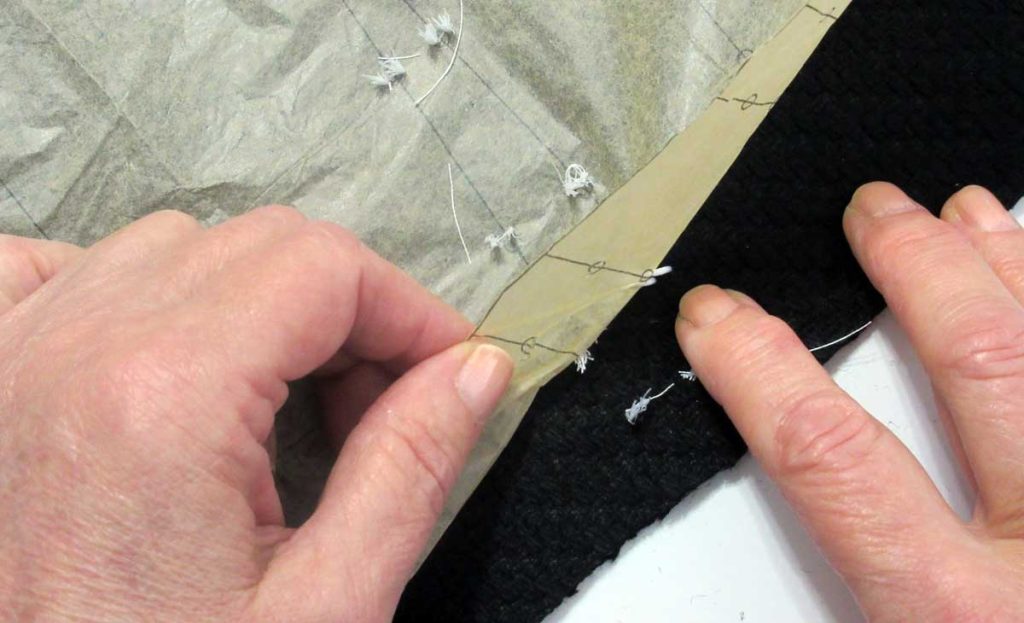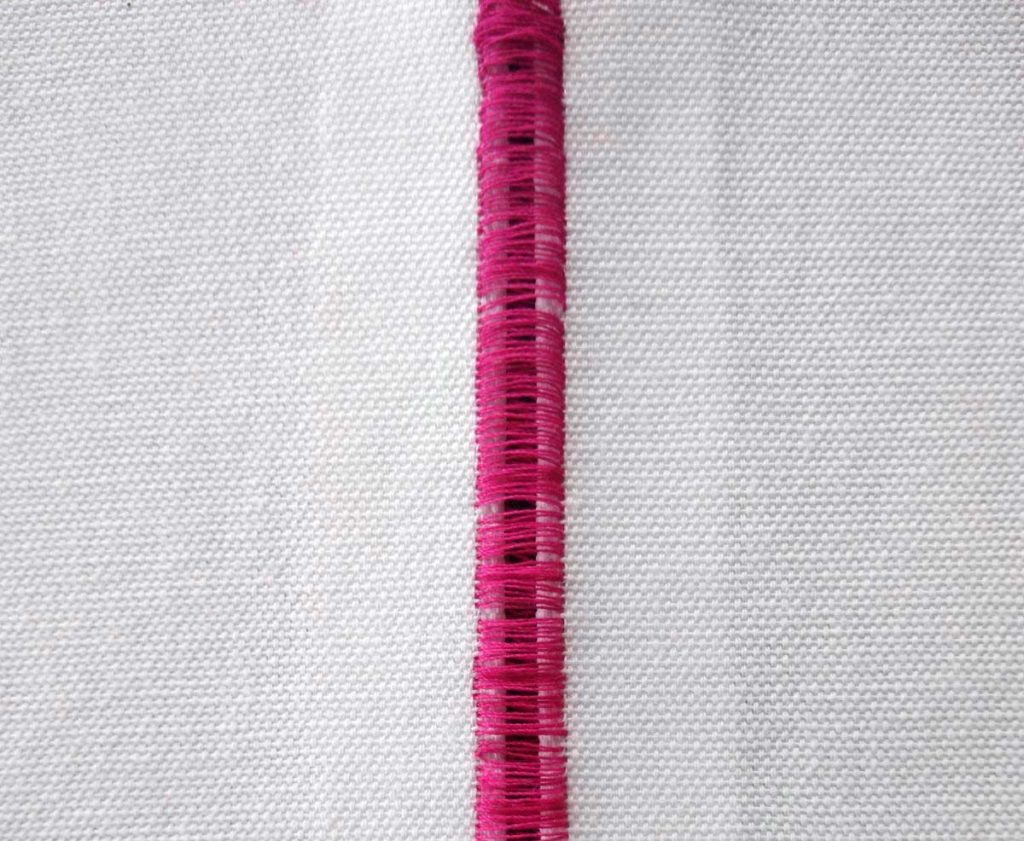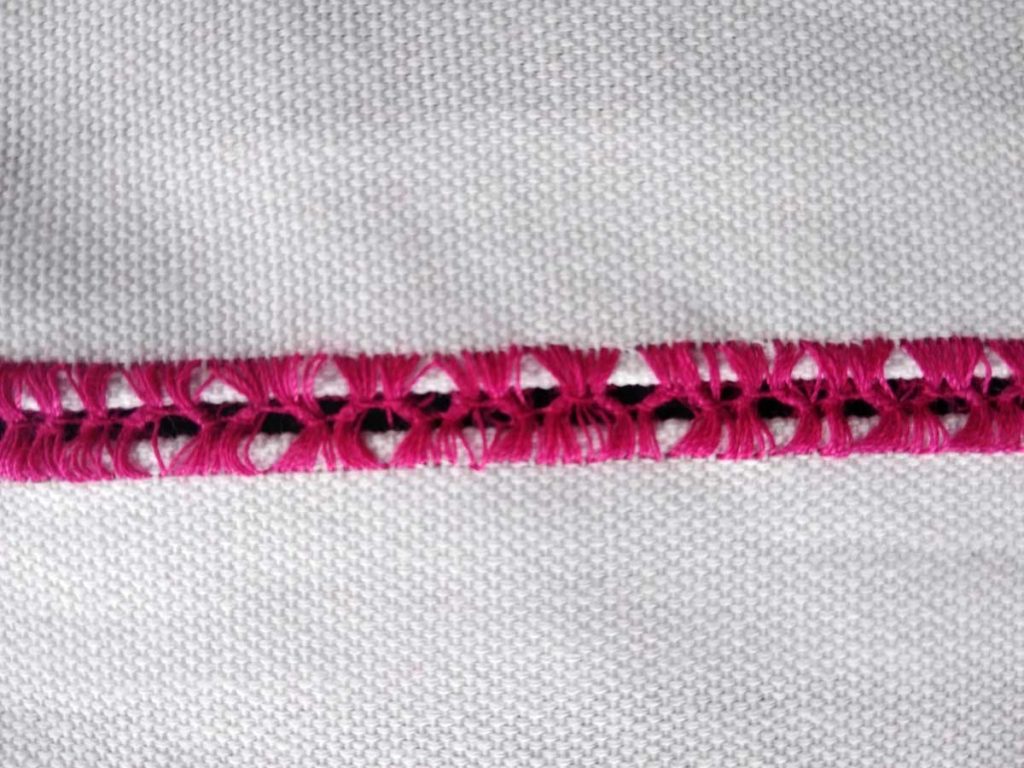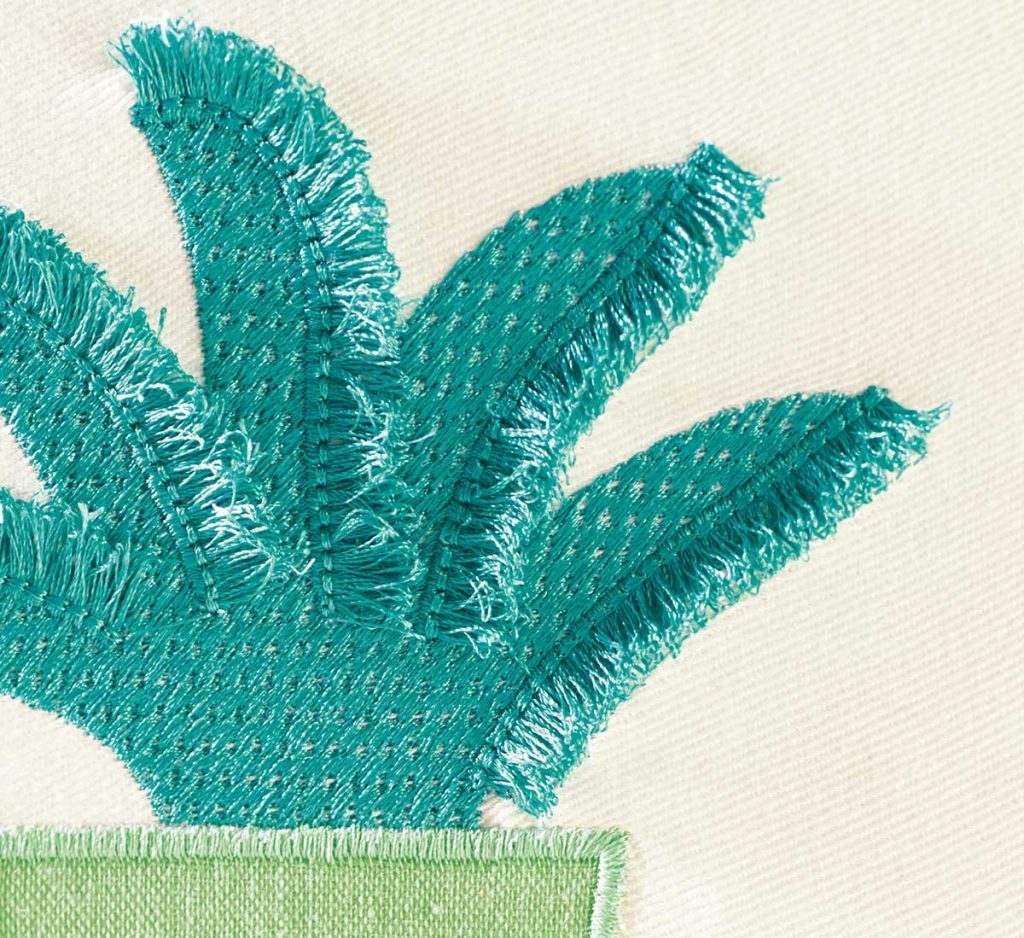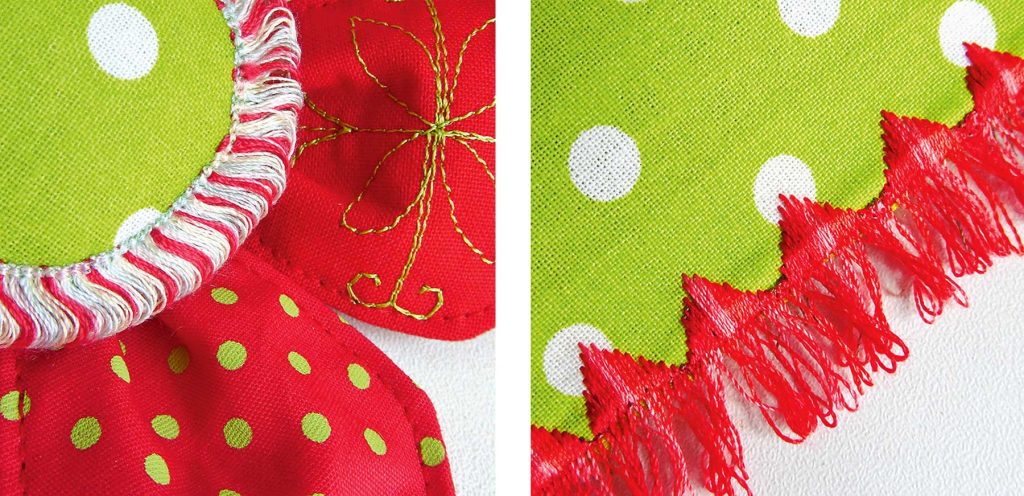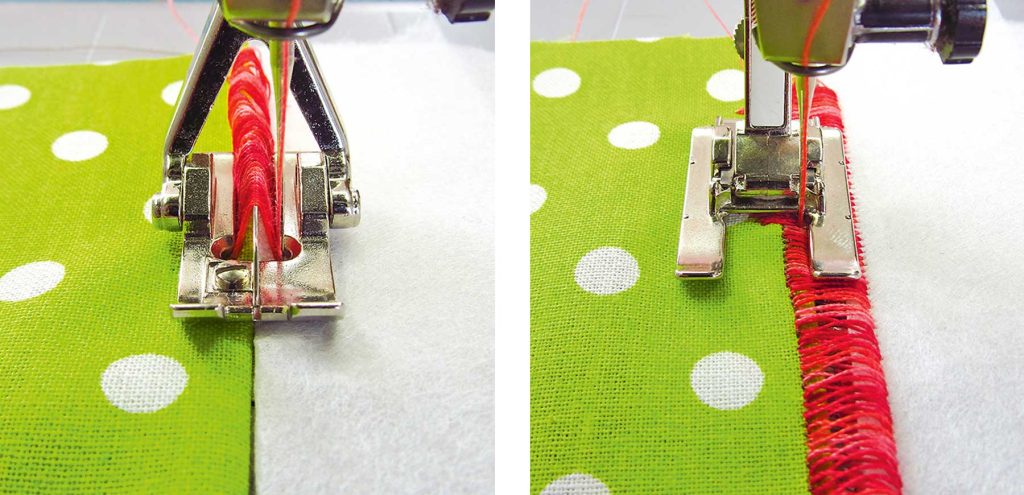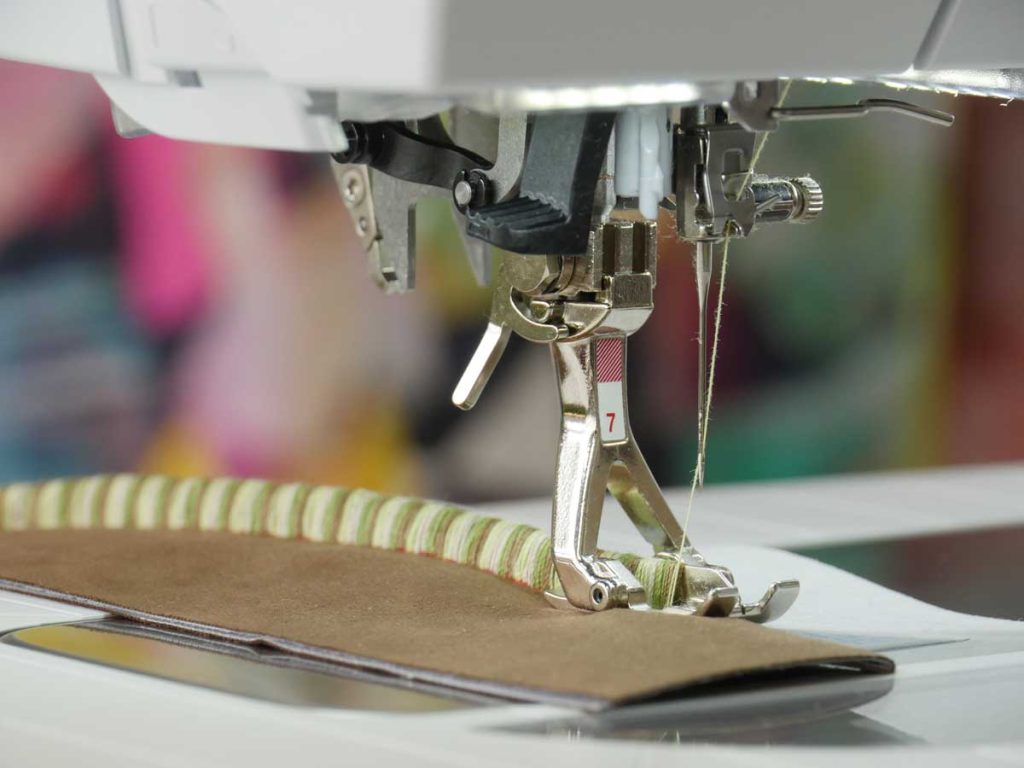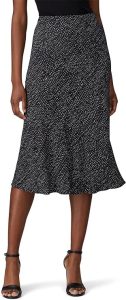Have you ever found yourself captivated by a piece of art and wondered how you could take pieces of what it made you see or feel into other areas of your life… maybe your sewing life? That was the foundation for the American Sewing Guild’s Atlanta chapter’s Start with Art annual President’s challenge this year.
In January, they put 6 famous paintings out to the membership for a vote to choose which would be the basis for the challenge. The winner was Gustav Klimt’s Portrait of Adele Bloch Bauer aka Woman in Gold painting. The rules were simple: make anything you like using any aspect of the painting as your inspiration. Entries could be a garment, a bag, a quilt … anything! And inspiration could be from the colors, shapes, emotion, history, or whatever ignited the creative spark.

Public domain, via Wikimedia Commons
Simultaneously, they began to explore building collaborative relationships with local universities that had a fashion or textile design degree program. They discovered that the Director of the Textile Design program at Kennesaw State University (KSU) was very interested in building a relationship with us and loved the Start with Art challenge idea. A collaboration was born!
The students in the program were assigned to join in the challenge as a graded project. Chapter members stepped into the classroom for 2-1/2 weeks to work alongside the students as they designed and created their projects. The members were delightful to have the opportunity to assist and guide them with all sorts of design and construction steps. One student in particular was thrilled to be guided by a member on how to make the corner of her purse turn out squared! It was rewarding to share so many tips and techniques that members knew after years of sewing experience that were able to help those emerging sewists on what is hoped to be a lifelong sewing journey.
Finally, the big reveal day arrived. Ten ASG members had entered the challenge, and the KSU teachers had curated 8 students to be presented at the chapter’s annual meeting. It was so exciting to see each one and hear the story of the direction each individual’s inspiration had taken them—some were inspired by the history, some the name, some the shapes, and some reflected Klimt’s style overall. Members were equally inspired by each other as they were by the students. Everyone involved poured heart and soul into their work and it definitely showed.

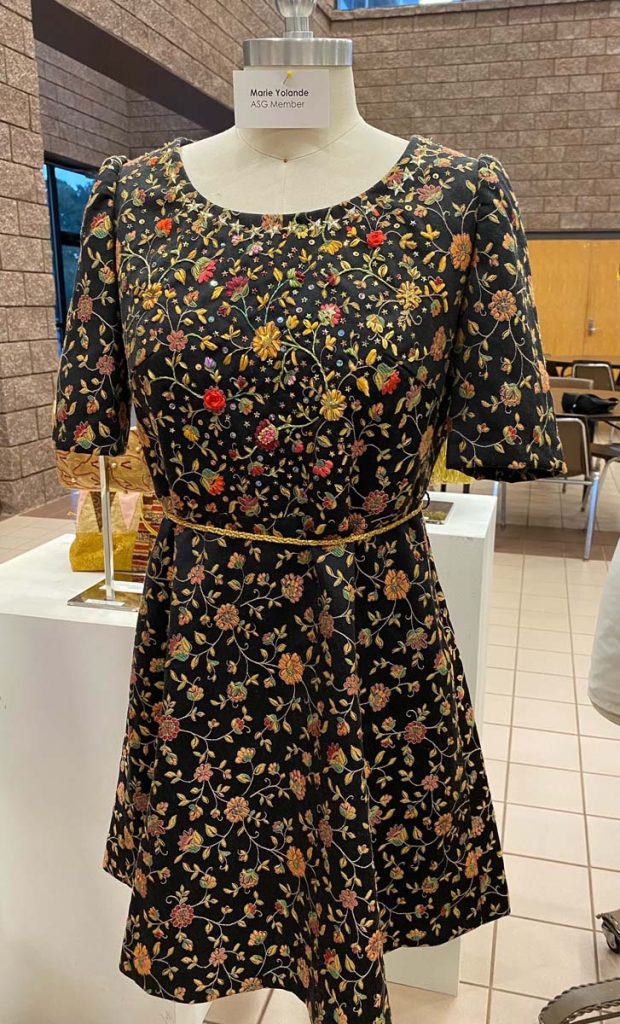

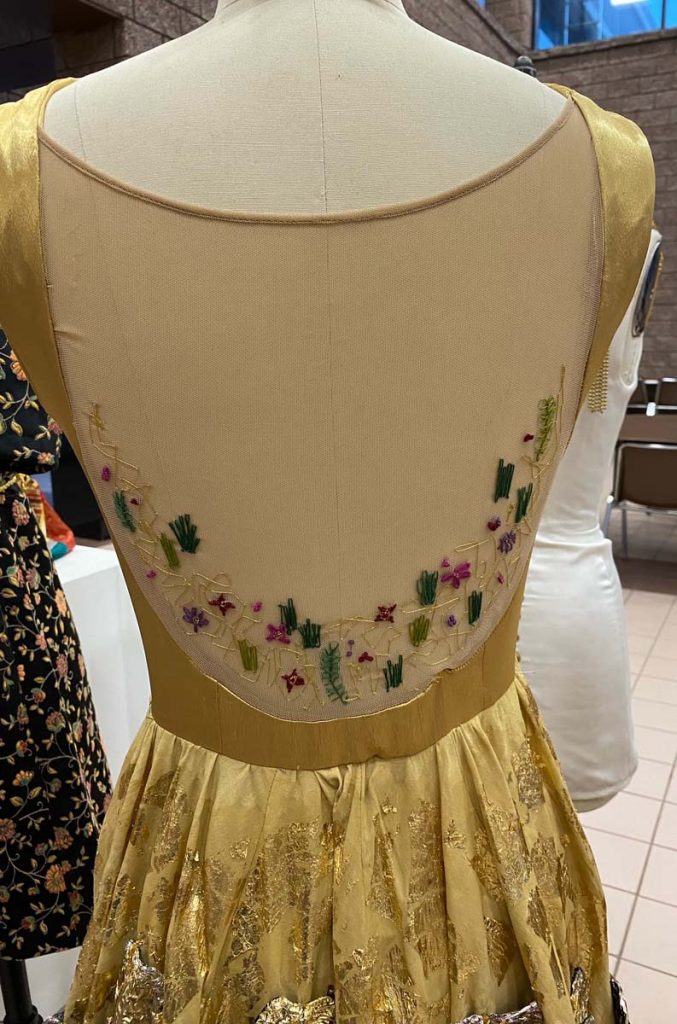



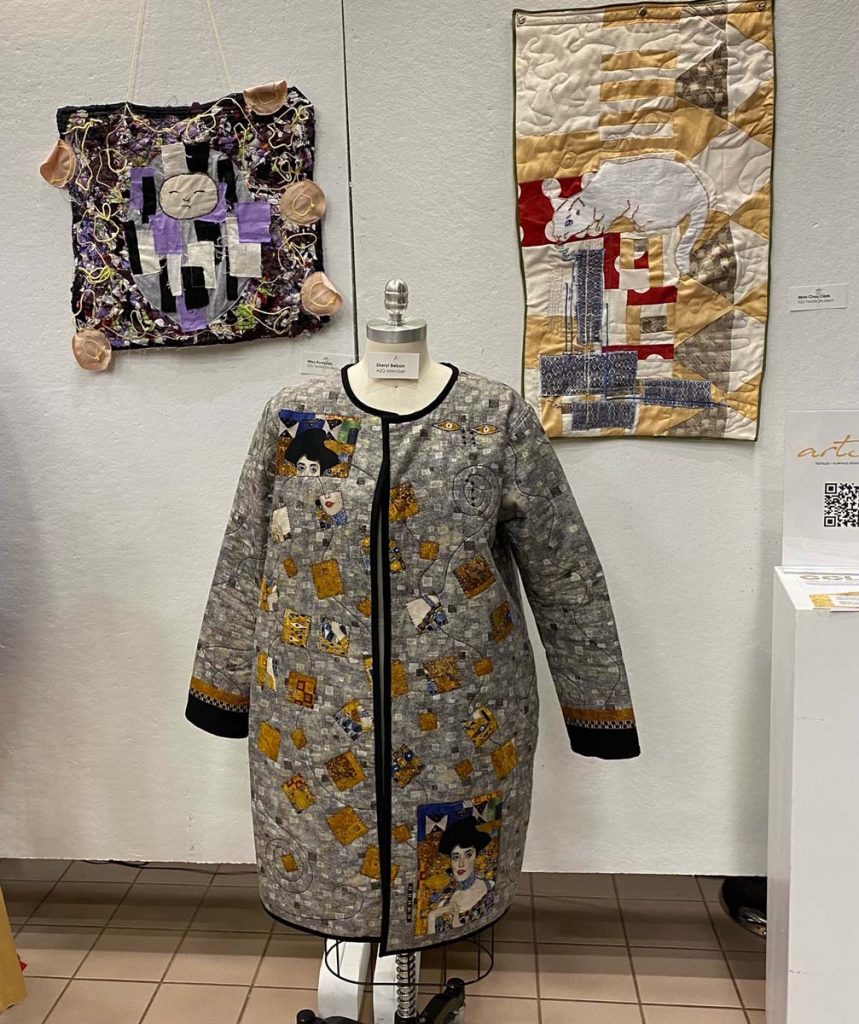

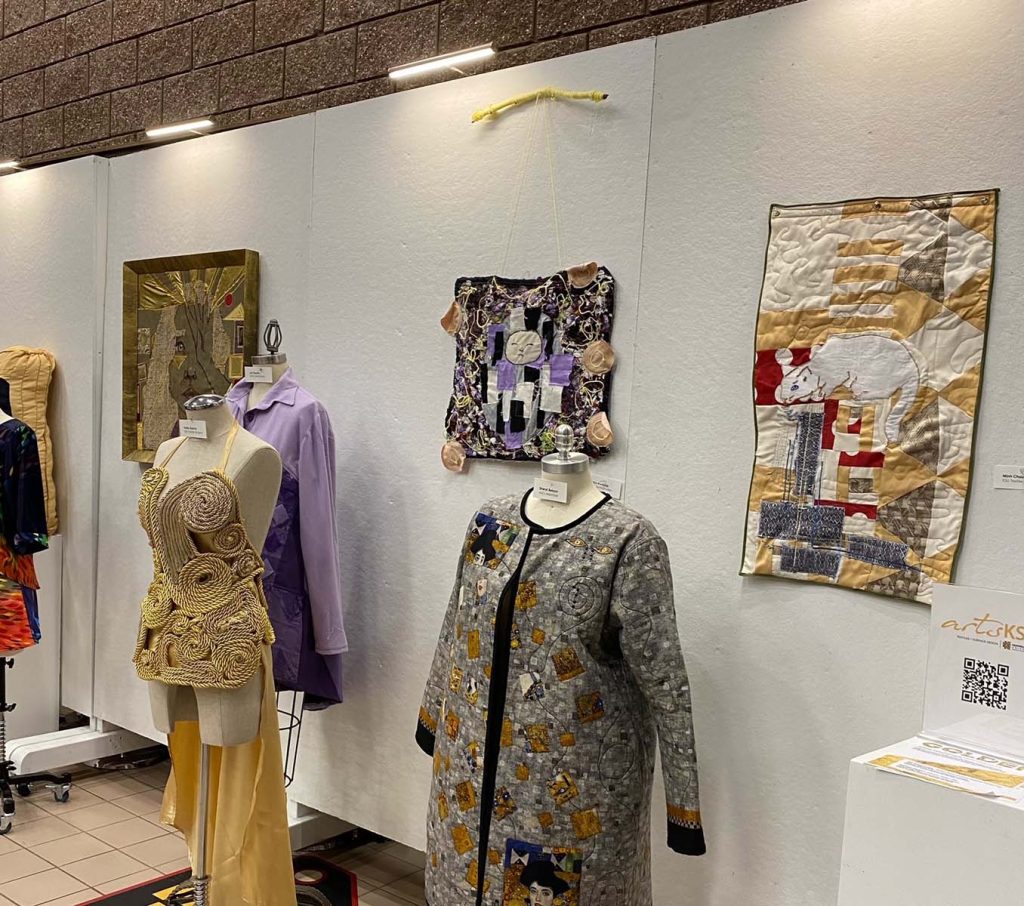

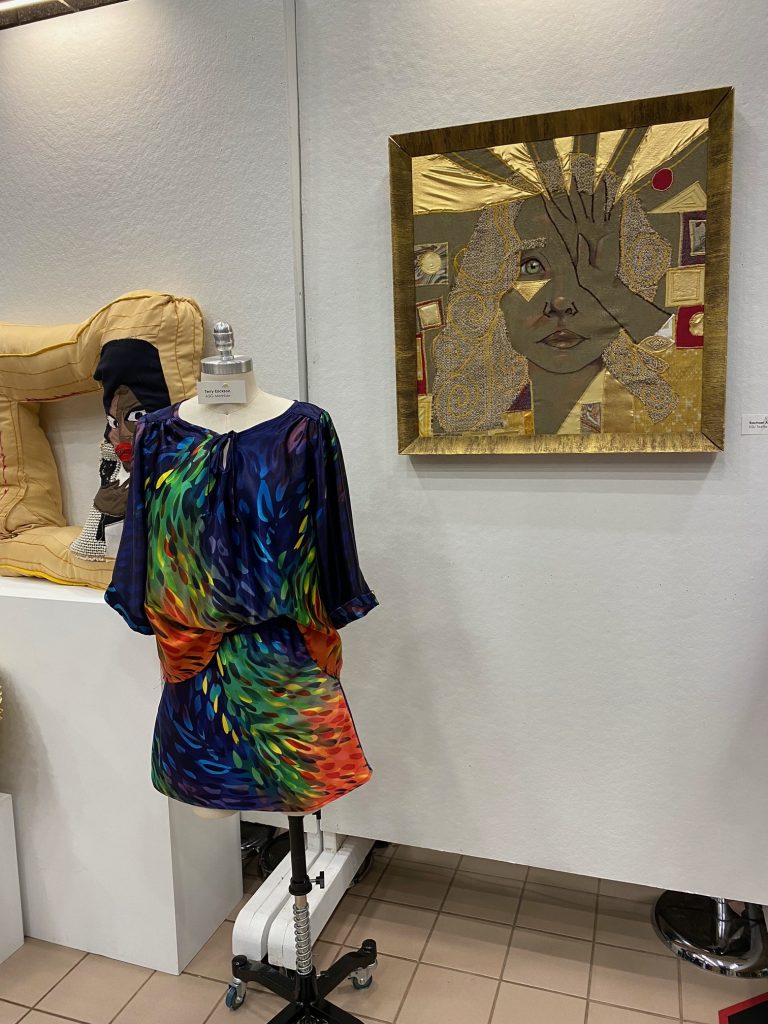
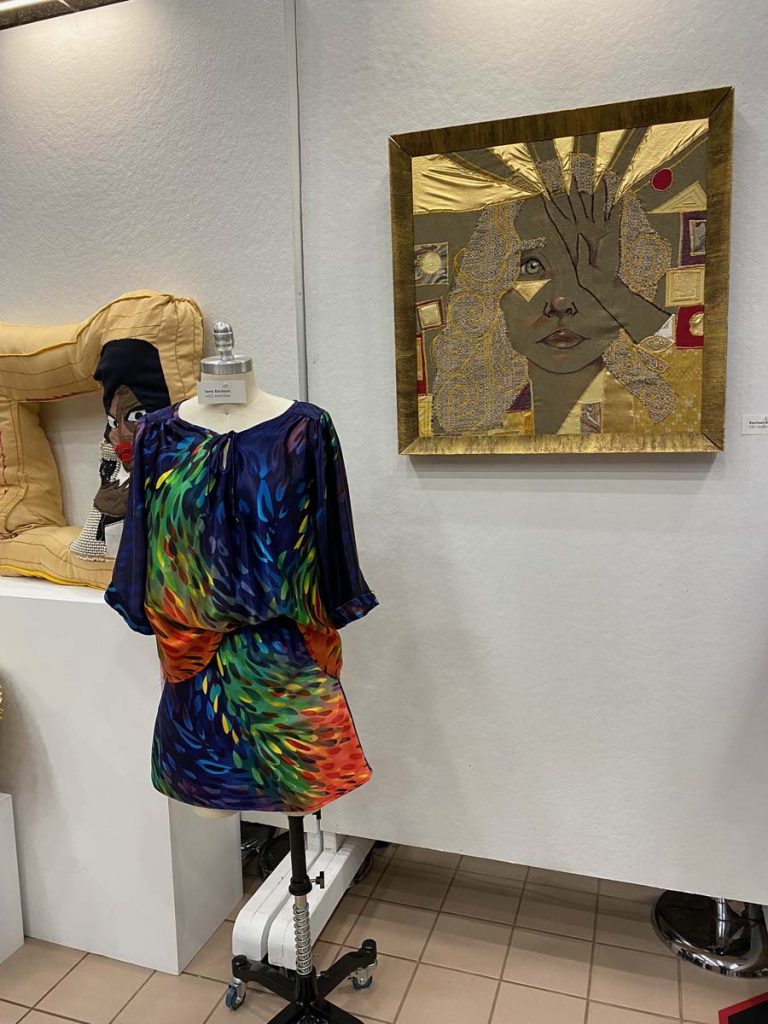


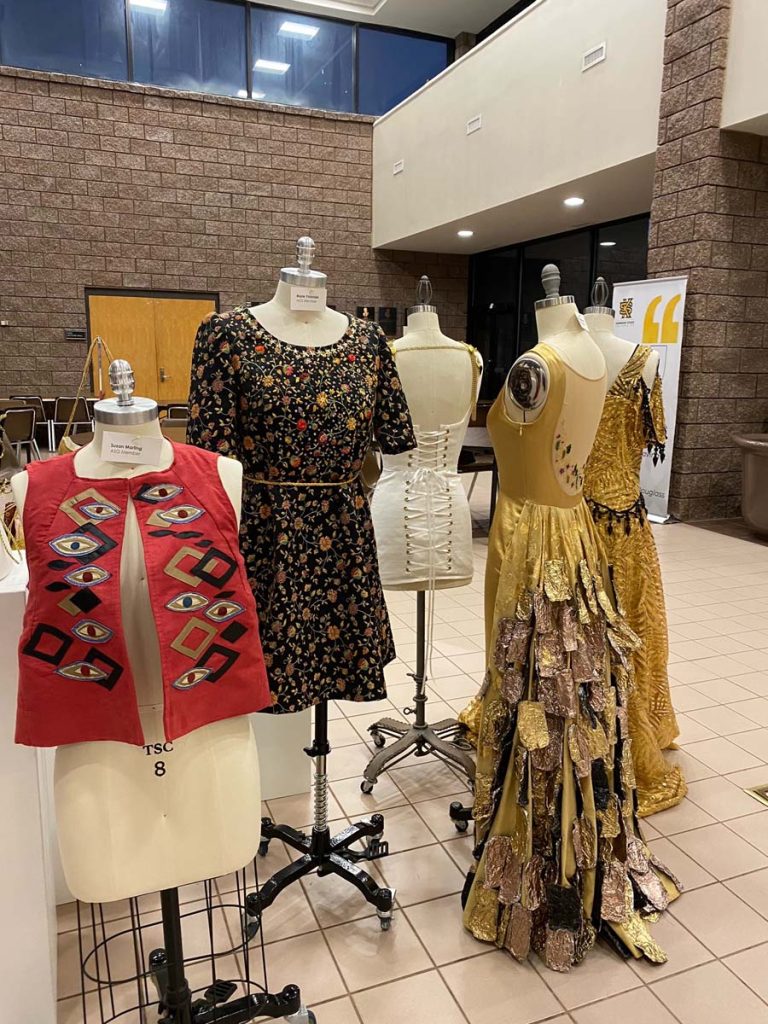
At the end of the meeting, all of the ASG member entries went to KSU to be combined in a joint 2-week exhibit with 12 of the student’s creations. The pictures in this article were taken during the opening reception of the exhibit.
The chapter reports that the Start with Art challenge was almost a year in the making, but was definitely worth the time. Not only were creative boundaries stretched, they forged what will hopefully be an ongoing relationship with younger budding sewists in the KSU Textile Design degree program.
~Shared by Sheryl Belson, ASG Atlanta 2023 Chapter President






